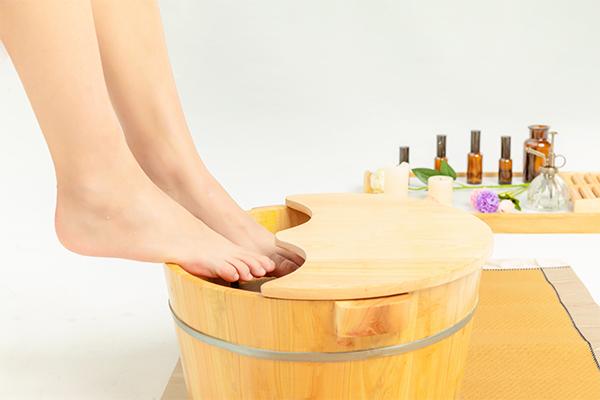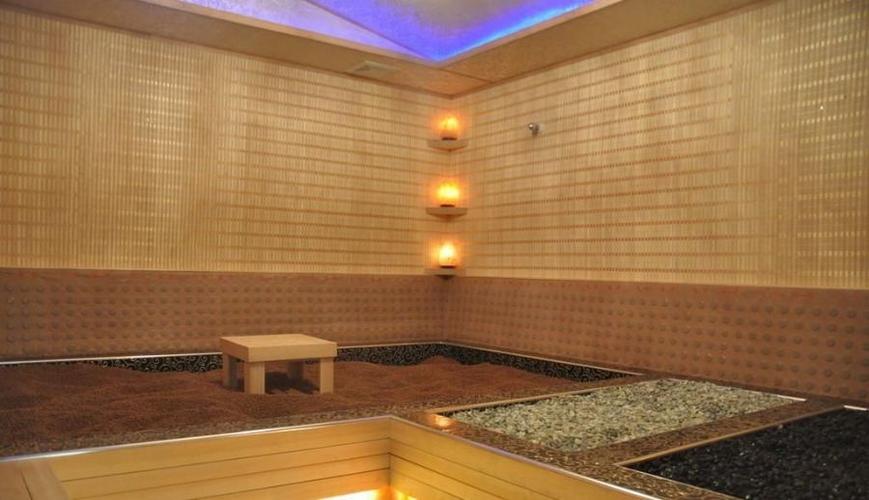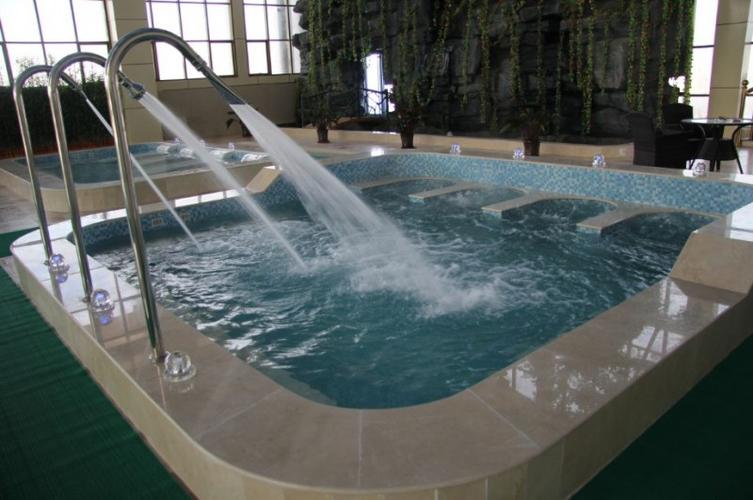Foot Reflexology
In the realm of holistic health practices, foot reflexology stands out as a time-honored technique that promotes wellness through the stimulation of specific points on the feet. Originating from ancient Chinese and Egyptian civilizations, this therapeutic method operates on the principle that various areas of the feet correspond to different organs and systems within the body. By applying pressure to these reflex points, practitioners believe they can alleviate tension, improve circulation, and facilitate the body's natural healing processes.
The practice of foot reflexology involves a skilled therapist using their hands to manipulate and apply pressure to precise points on the feet. Each session typically begins with a soothing foot soak to relax the muscles and prepare the feet for treatment. As the therapist works through the reflex points, clients often experience a range of sensations from tingling to deep relaxation.
One of the primary benefits of foot reflexology is its ability to promote overall well-being by reducing stress and tension levels. Through the release of endorphins and the relaxation of muscles, reflexology sessions can help individuals achieve a state of deep relaxation, which is crucial for combating the effects of chronic stress on the body and mind. Moreover, improved circulation resulting from reflexology can enhance the delivery of oxygen and nutrients throughout the body, supporting better overall health.
Beyond relaxation, foot reflexology is also known for its potential to alleviate specific health issues. Many proponents believe that regular sessions can help with conditions such as headaches, digestive disorders, insomnia, and even hormonal imbalances. While more research is needed to validate these claims scientifically, anecdotal evidence and centuries of practice suggest that foot reflexology holds promise as a complementary therapy for various ailments.
For those interested in incorporating foot reflexology into their wellness routine, it's essential to seek out qualified practitioners who have received proper training. Certification from recognized institutions ensures that therapists understand the complexities of reflexology and can provide safe, effective treatments tailored to individual needs.
Moxibustion
In the realm of traditional Chinese medicine (TCM), moxibustion has long been revered as a powerful healing modality that complements acupuncture and other holistic practices. Derived from the Japanese word "mogusa" and the Chinese "jiu," meaning herb and burning respectively, moxibustion involves the burning of mugwort (Artemisia vulgaris) to facilitate healing.

The practice of moxibustion is based on the belief that applying heat to specific points on the body can stimulate circulation, boost the immune system, and promote the flow of qi (vital energy) through the meridians. There are two primary types of moxibustion: direct and indirect. Direct moxibustion involves placing a small cone or cylinder of moxa directly on the skin and burning it until the skin becomes red and warm. Indirect moxibustion, on the other hand, involves burning moxa on top of acupuncture needles or near the skin without directly touching it.
Mugwort, the herb used in moxibustion, is believed to have properties that enhance blood circulation and dispel cold and dampness from the body. This makes moxibustion particularly beneficial for individuals suffering from conditions related to poor circulation, such as arthritis, menstrual disorders, and digestive issues. By warming the body and stimulating blood flow, moxibustion aims to restore balance and promote overall health.
One of the unique aspects of moxibustion is its adaptability to different health conditions and constitutions. TCM practitioners often tailor moxibustion treatments based on an individual's specific symptoms, energy imbalances, and overall health goals. This personalized approach ensures that each session addresses the root causes of illness while supporting the body's innate healing abilities.
In addition to its physical benefits, moxibustion is also valued for its ability to enhance emotional and mental well-being. Many people report feeling deeply relaxed and grounded after a moxibustion session, which can help alleviate stress and anxiety. The ritualistic nature of moxibustion, with its gentle warmth and soothing aroma, contributes to an overall sense of calm and balance.
As with any holistic therapy, it's crucial to consult with a qualified practitioner before undergoing moxibustion. Professionals trained in TCM can assess your health concerns, recommend appropriate treatment protocols, and ensure that moxibustion is safe and effective for your individual needs.
Integrating Foot Reflexology and Moxibustion
While both foot reflexology and moxibustion offer unique benefits on their own, combining these two ancient practices can amplify their therapeutic effects and promote holistic well-being. By addressing both the energetic pathways of the body (through moxibustion) and the reflex points on the feet (through reflexology), individuals can experience a comprehensive approach to health maintenance and restoration.

An integrated session might begin with a brief foot reflexology treatment to relax the client and prepare their body for moxibustion. The reflexology portion focuses on stimulating specific points on the feet that correspond to areas of concern or imbalance in the body. This initial phase not only enhances circulation and relaxation but also primes the body to receive the benefits of moxibustion more effectively.
Following the reflexology session, the practitioner may proceed with moxibustion therapy targeted at key acupuncture points or areas of the body requiring additional warmth and stimulation. By carefully selecting the appropriate moxibustion technique (direct or indirect) and the duration of treatment, the practitioner can tailor the session to address the client's specific health goals, whether they involve pain management, immune support, or emotional well-being.
The combination of foot reflexology and moxibustion is particularly beneficial for individuals seeking natural approaches to enhance their overall quality of life. Regular sessions can contribute to improved energy levels, reduced stress, enhanced immune function, and a heightened sense of relaxation and balance. As with any holistic practice, consistency and personalized care are essential for achieving sustainable health benefits over time.
In conclusion, foot reflexology and moxibustion represent powerful tools in the realm of holistic health, each offering unique pathways to promote wellness and vitality. Whether used individually or in combination, these ancient practices continue to provide valuable insights into the interconnectedness of mind, body, and spirit. By embracing the principles of traditional healing and integrating them into modern wellness routines, individuals can cultivate resilience, balance, and harmony in their lives.
---
转载请注明:成都会所桑拿-四川成都休闲桑拿推荐论坛! » 足疗保健 » The Art of Wellness: Harnessing the Power of Foot Reflexology and Moxibustion for Holistic Health
版权声明
本文仅代表作者观点,不代表成都休闲网立场。
本文系作者授权发表,未经许可,不得转载。



























